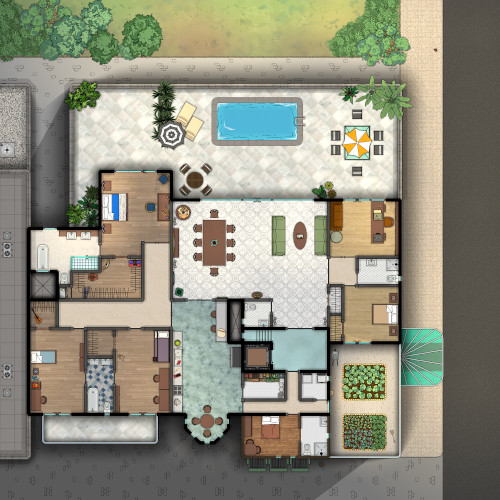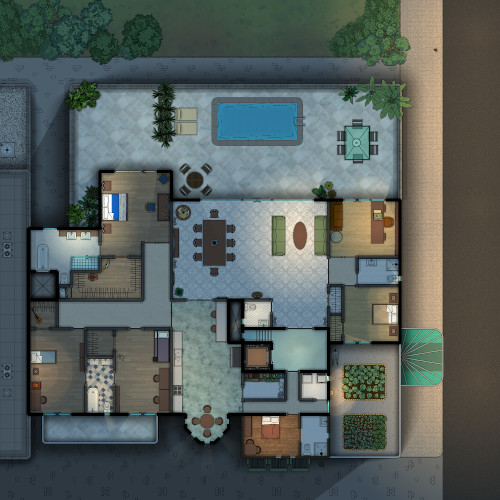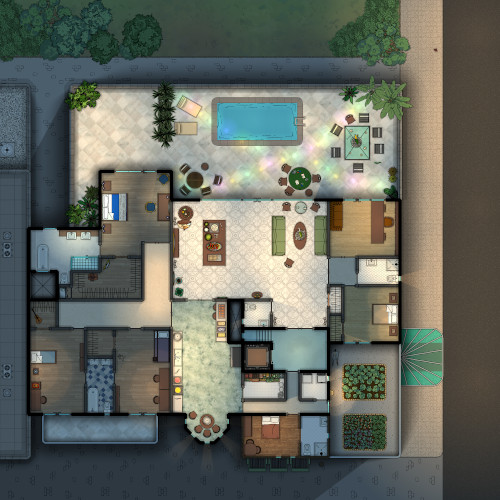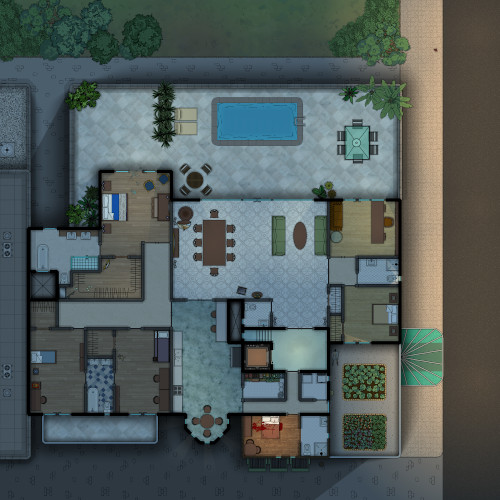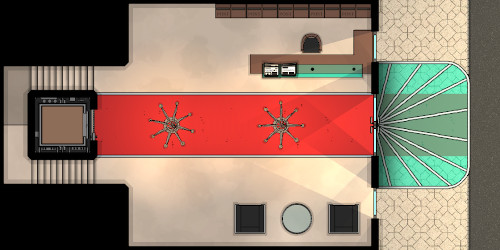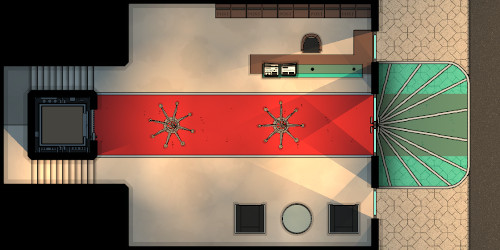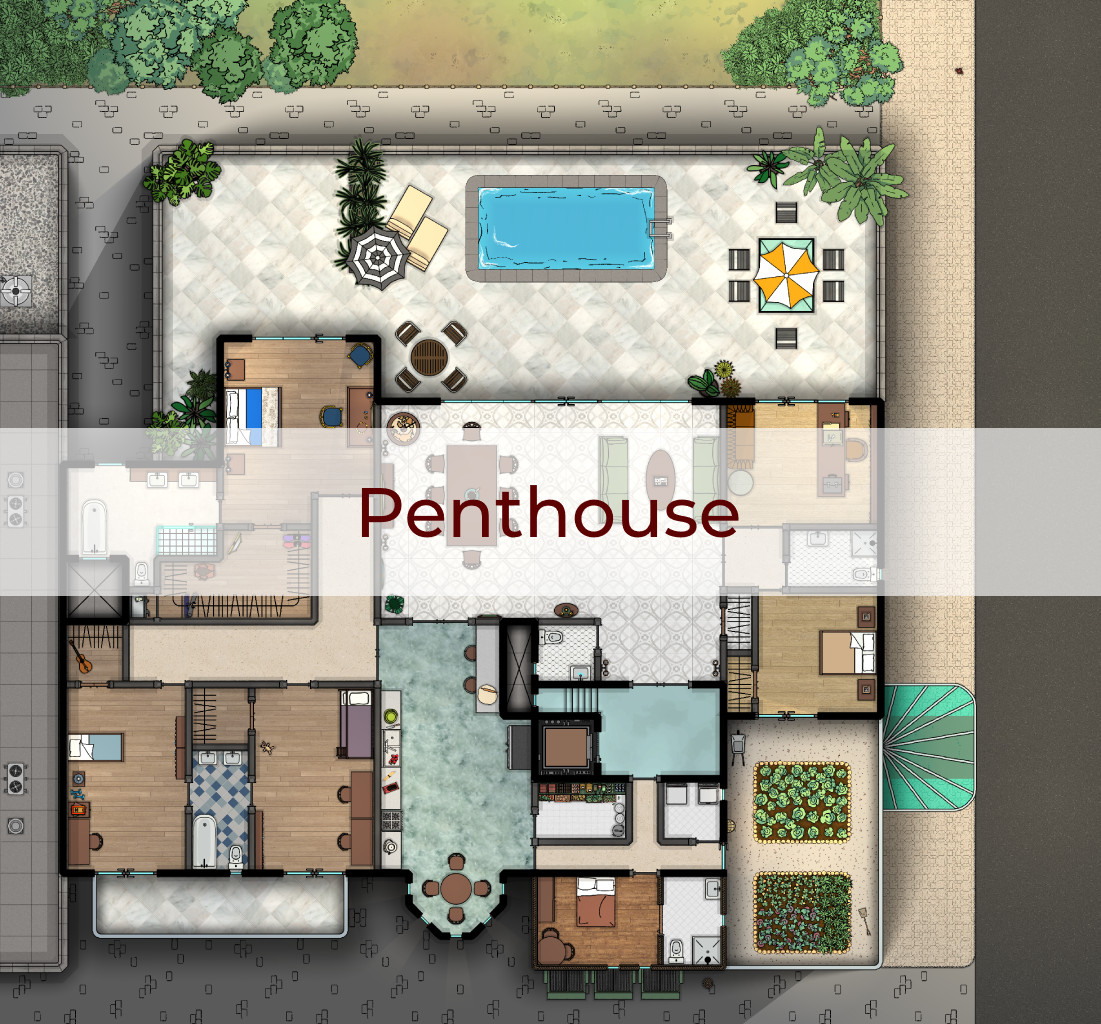Why does the penthouse owner never appear during building board meetings, and what requires those monthly deliveries that bypass the main elevators? Which rooms have reinforced walls that muffle sounds completely, and why do visitors leave looking shaken despite the luxurious accommodations? What's behind that locked rooftop access that even maintenance can't enter?
Follow Cthulhu Architect on BlueSky!It’s a short trip from the penthouse to the outhouse
― Paul Dietzel
Silas Creed had built his fortune in telecommunications, though he could never quite explain the source of his most profitable patents---ideas that seemed to whisper themselves into his mind during the long, sleepless nights in his penthouse suite.
The forty-second floor offered a view that stretched beyond the city’s limits, past the horizon where sky met something else entirely. From his floor-to-ceiling windows, Silas watched the lights below pulse in patterns that reminded him of neural networks, or perhaps something far older and more purposeful.
The other penthouse residents were equally successful, equally secretive about their sudden windfalls. They nodded politely in the marble-appointed hallways but their eyes held the same hollow gleam, the same distant focus as if perpetually listening to something just beyond human hearing.
It started with the mirrors. Not reflections---those remained normal enough---but the way they seemed to show rooms that didn’t quite match the apartment’s layout. Doorways that led to spaces too vast for the building’s architecture. Windows that revealed views of cities that existed in no earthly geography.
The building’s original architect, Morrison Blackthorne, had designed it with curious specifications: certain walls contained metals that shouldn’t exist, geometric patterns worked into the very structure that hurt to look at directly. When asked about these elements, contractors reported that Blackthorne would fall silent, his eyes unfocusing as if receiving distant instructions.
On clear nights, Silas found himself compelled to the rooftop terrace, where the city’s electromagnetic field seemed strongest. The antenna arrays installed there bore no resemblance to standard broadcasting equipment, their twisted configurations reaching toward constellations that astronomy had never catalogued.
The other residents gathered there too, drawn by the same inexplicable pull. They stood in silence, faces upturned to the alien stars, their minds slowly expanding to accommodate truths too vast for human consciousness. And far below, the city’s lights continued their patient pulsing, broadcasting signals to receivers that existed in dimensions where geometry followed different laws entirely.
